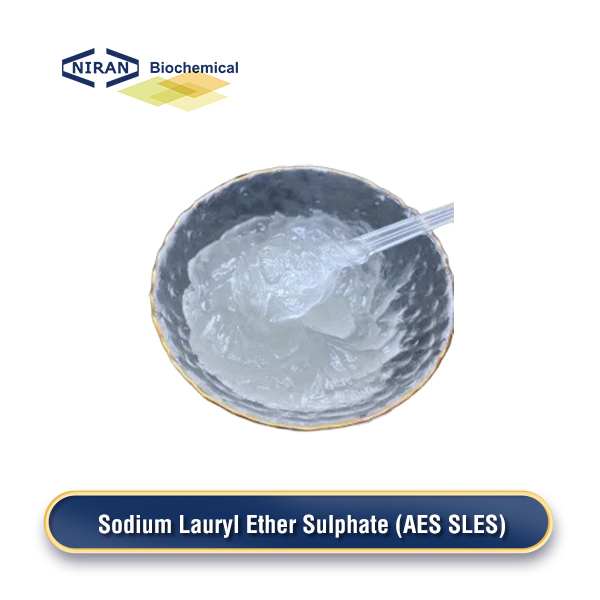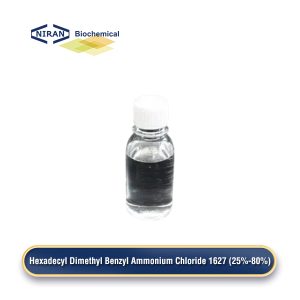Sodium Lauryl Ether Sulfate/AES/SLES
- CAS Number: 68585-34-2
- Chemical Formula: CH3(CH2)11(OCH2CH2)NOSO3Na
- MOQ: 1000KG
- Shelf Life: 2 years
- Synonyms: Sodium Laureth Sulfate/Sodium Laureth Sulfate/SLES 70/AES/Texapon N70
Product Description
What Is Sodium Lauryl Ether Sulfate?
Sodium Lauryl Ether Sulfate (SLES), renowned for its exceptional foaming, emulsifying, and cleaning capabilities, is extensively utilized across various industries. It serves as a fundamental component in personal care formulations, including shampoos, body washes, and toothpaste, while also being indispensable in household detergents and industrial cleaning solutions.
SLES is produced in three key steps:
(1) Ethoxylation, where fatty alcohol reacts with ethylene oxide to form fatty alcohol ethoxylates;
(2) Sulfation, involving the reaction of ethoxylates with sulfur trioxide (SO₃) to produce sulfate esters; and
(3) Neutralization, where sulfate esters are neutralized with sodium hydroxide (NaOH) to yield SLES, typically as a 70% concentrated solution.
Related Parameters:
| Items | Standards |
| Classification | Anionic surfactant |
| Appearance (25°C) | White or light yellow viscous paste |
| Odor | Characteristic odor |
| Density (25°C), g/ml | 1.05 |
| Cloud point(1% water solution),°C | -2 |
| Flash Point(1% water solution), °C | Not applicable |
| Freeze Point, °C | 5 – 10 |
| Color (5%Am.aq.sol.), Klett | 30 max |
| Active matter content, % | 70±2 |
| Unsulfated matter content, % | 3.5 max |
| Sodium sulfate content, % | 1.5 max |
| pH value (1% aqueous solution) | 6.5~9.5 |
| Dioxane content, ppm | ≤30 |
| Active Content | 28% & 70% |
Recommended Dosage of SLES 70%:
| Applications | Dosage |
| Shampoo | 5% – 15% |
| Body Wash | 5% – 12% |
| Hand Wash | 3% – 8% |
| Toothpaste | 1% – 3% |
| Dishwashing Liquid | 10% – 20% |
| Laundry Detergent | 5% – 30% |
| Multi-purpose Cleaner | 3% – 10% |
| Industrial Degreasers | 10% – 30% |
| Car Wash Solutions | 5% – 15% |
| Foaming Detergents | 10% – 25% |
Sodium Lauryl Ether Sulphate Has Wide Range of Uses
Because of its exceptional foaming, cleansing, and emulsifying qualities, sodium lauryl ether sulphate (SLES) has a broad range of uses. Key applications include:
1. Personal Care Products:
- Shampoos: Effective in cleansing hair and scalp by removing oils and dirt.
- Body Washes: Provides a rich lather and skin cleansing properties.
- Toothpaste: Functions as an essential foaming agent, enhancing texture and user experience.
- Facial Cleansers: Effectively cleanses the skin while preserving its natural moisture balance, ensuring gentle care.
2 . Household Cleaning Products:
- Dishwashing Liquids: Acts as a powerful degreaser.
- Laundry Detergents: Helps in stain removal and foam formation.
- Multi-purpose Cleaners: Used for cleaning surfaces like countertops and floors.
3. Industrial Applications:
- Oil and Grease Removers: Used in industrial degreasers and heavy-duty cleaners.
- Emulsifiers: In products such as paints, coatings, and lubricants.
4. Agricultural and Veterinary:
- Pesticide Emulsions: Helps in the formulation of emulsified pesticide products.
User Asked Question:
Q: What distinguishes SLS from SLES?
A: SLES (Sodium Lauryl Ether Sulfate) and SLS (Sodium Lauryl Sulfate), while chemically related, exhibit distinct characteristics. The following outlines their primary differences:
Irritation:
- SLES is milder due to the ethoxylation process, making it more suitable for personal care products designed for sensitive skin.
- SLS can be more irritating, particularly for individuals with sensitive skin. Cost:
- SLES is generally slightly more expensive than SLS, but it offers superior performance, especially in terms of mildness and stability in formulations. Chemical Structure:
- SLES is an ethoxylated version of SLS, meaning it has ethylene oxide units (–CH₂CH₂O–) added to the molecule, which makes it less harsh and more water-soluble.
- Overall, SLES is preferred in formulations that require a gentler touch, while SLS is commonly used in more cost-sensitive or industrial-grade products.



